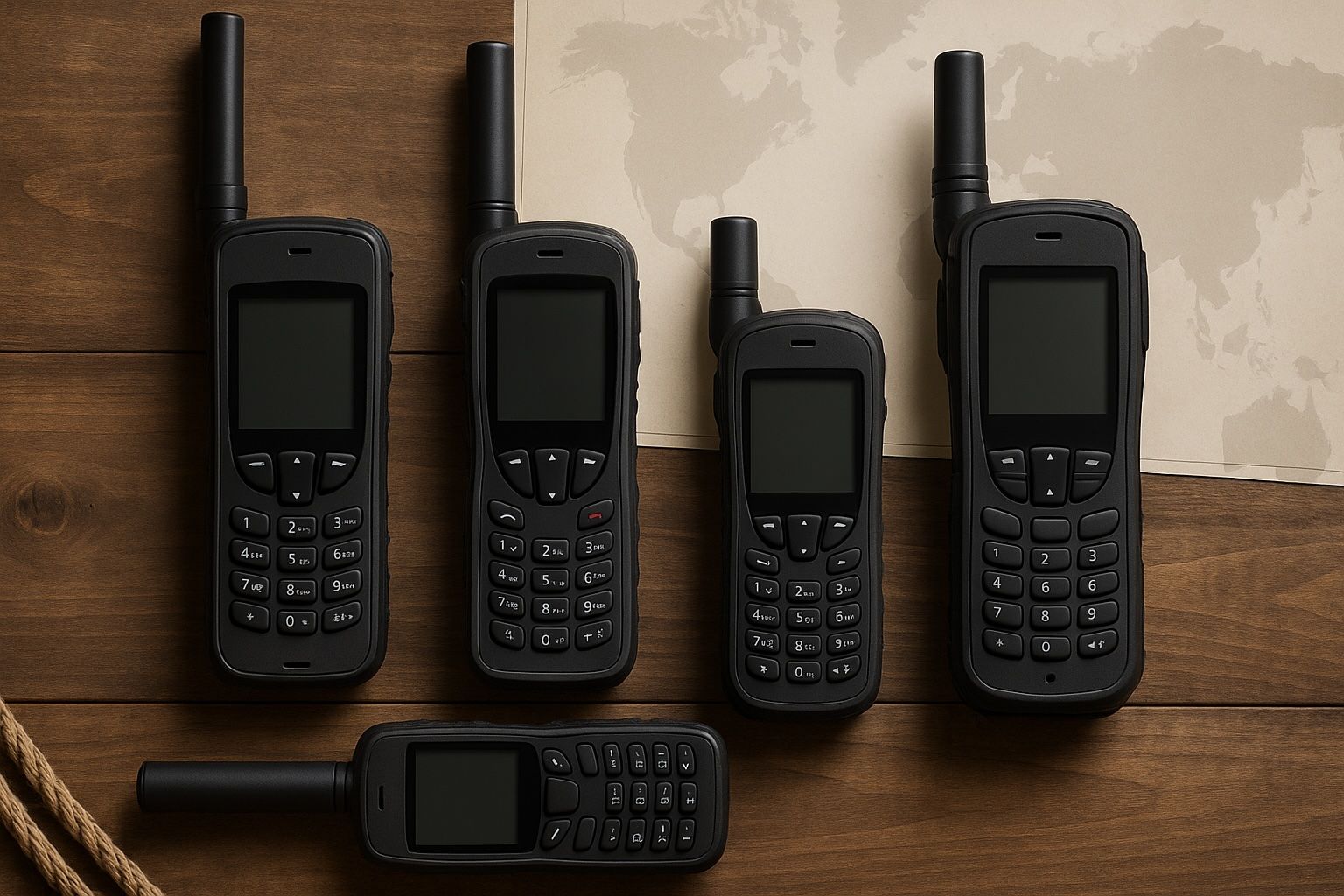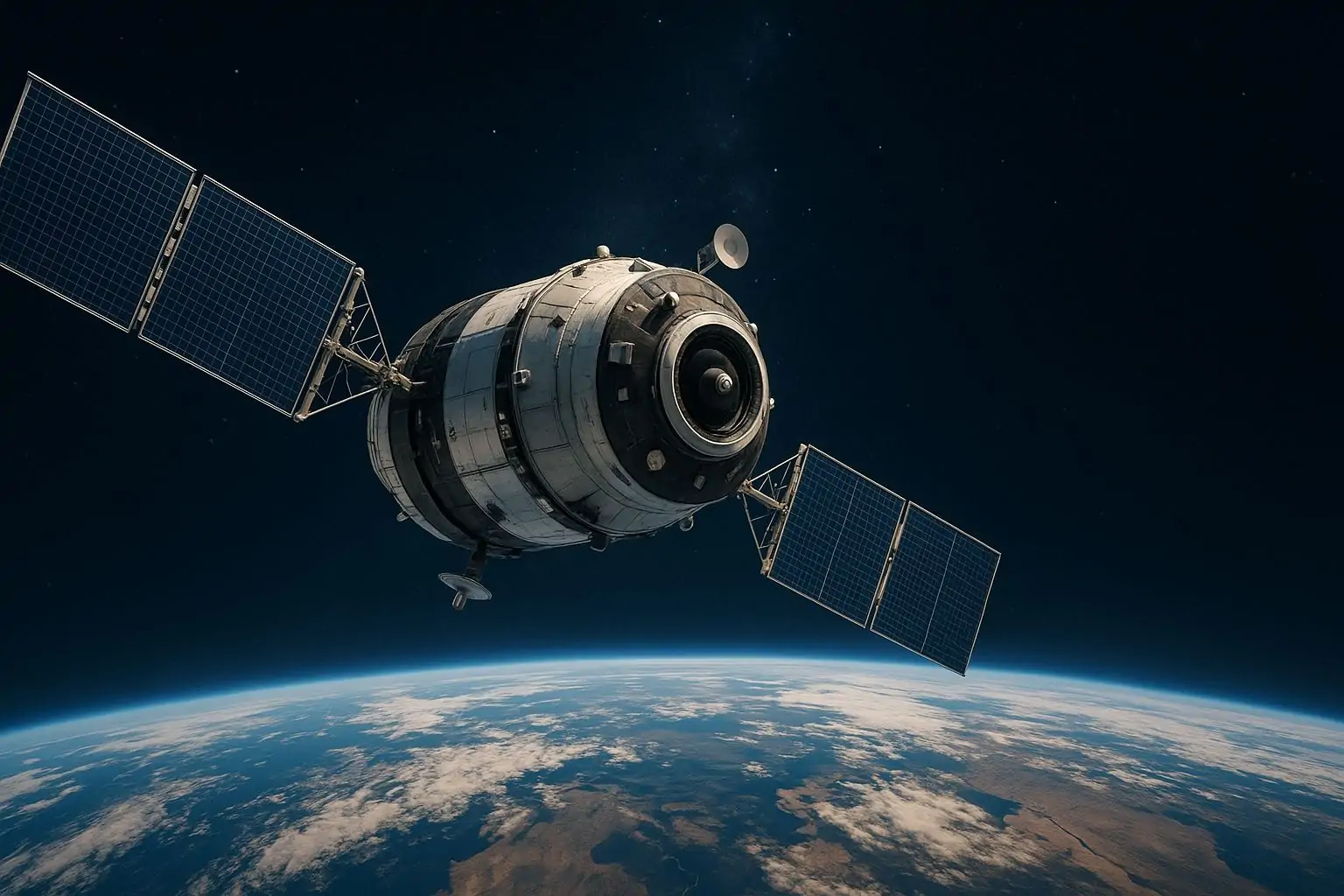
Satellite Technologies FAQ
Sputnik 1, launched by the Soviet Union on October 4, 1957, was the first artificial satellite. Explorer 1 became the United States’ first satellite in 1958. As of 2025, there are roughly 11,000+ active satellites orbiting Earth, with tens of thousands of pieces of inactive satellites and debris. Geostationary satellites orbit about 35,786 km (22,236 miles) above the equator and stay fixed over one ground spot. Most satellites use solar panels with large arrays and rechargeable batteries to power their instruments and systems, including during eclipses. The first known accidental collision of two satellites occurred in 2009. Starlink is SpaceX’s










